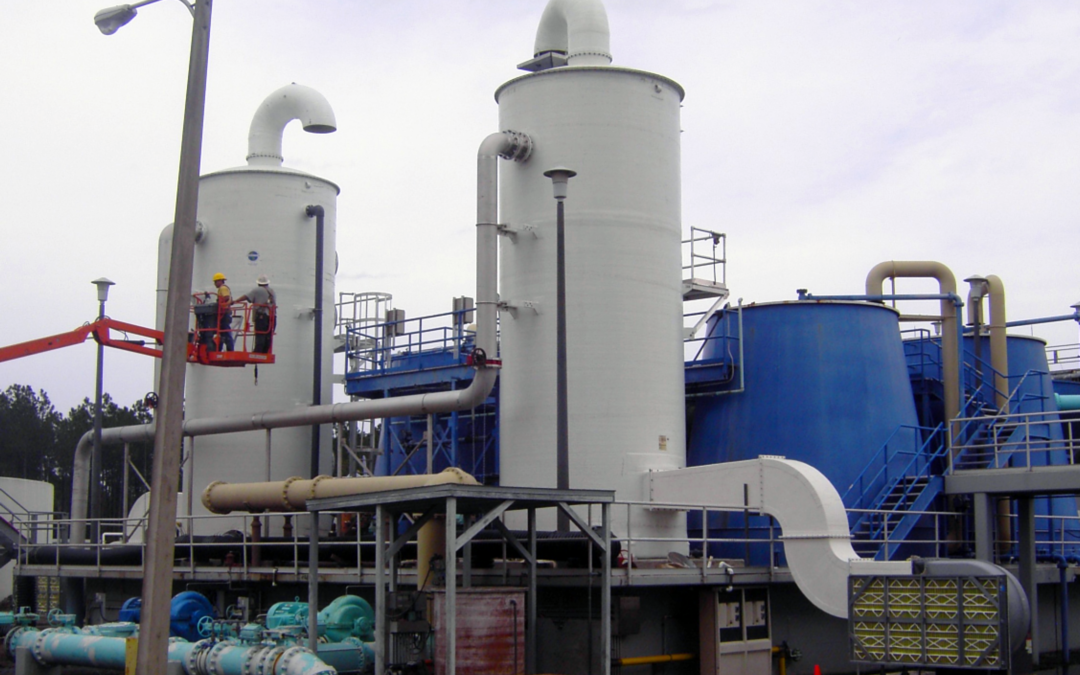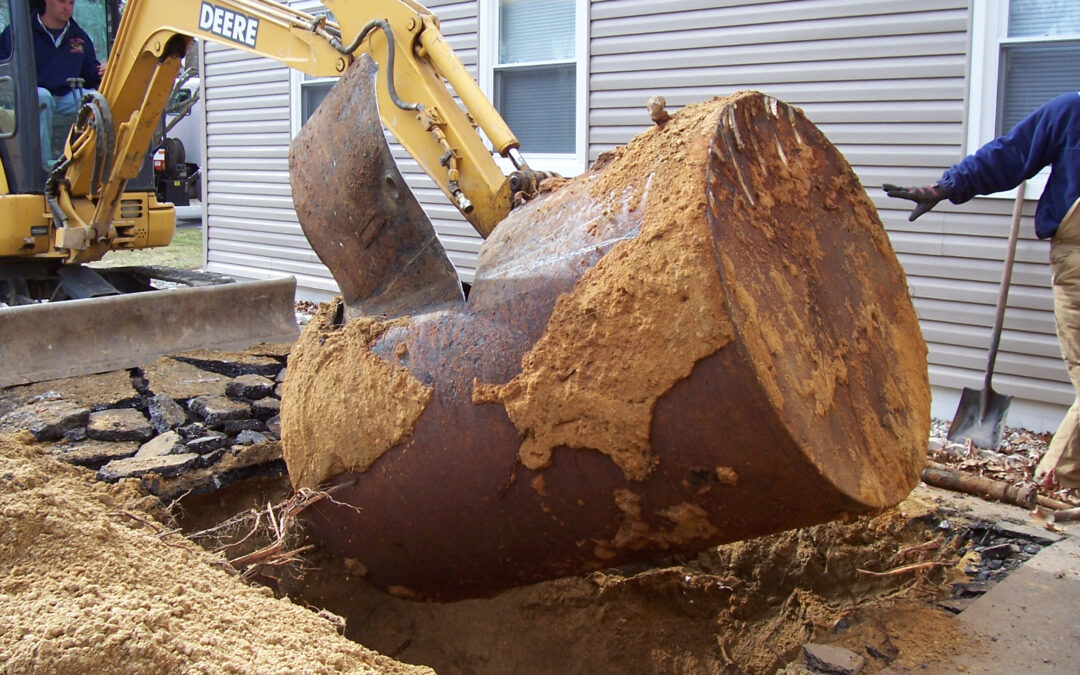
by Jim Davis, Environmental Risk Management | Aug 8, 2014 | Environmental Services
EPA’s Technology Innovation and Field Services Division developed A Citizen’s Guide Series to Cleanup Technologies. The guide is a set of 22 guides summarizing cleanup methods, designed to help Remedial Project Managers and Community Involvement Coordinators explain...

by Jim Davis, Environmental Risk Management | Aug 1, 2014 | News
EPA’s Technology Innovation and Field Services Division developed A Citizen’s Guide Series to Cleanup Technologies. The guide is a set of 22 guides summarizing cleanup methods, designed to help Remedial Project Managers and Community Involvement Coordinators explain...

by Jim Davis, Environmental Risk Management | Jul 22, 2014 | Environmental Services, Industrial Health & Safety Services
Industrial properties are more likely to have environmental liabilities and the problems need to be identified and managed. Demand is high for high tech distribution facilities but most times they are being built on top of old manufacturing sites. Industrial property...

by Jim Davis, Environmental Risk Management | Jul 2, 2014 | Environmental Services, Industrial Health & Safety Services
Many older underground storage tanks (USTs) need be be closed properly to protect human health and the environment. Contaminated ground water is usually the first sign that you have a problem with a UST. For the best tips on closing a UST we need to first know if you...

by Jim Davis, Environmental Risk Management | Jun 24, 2014 | Environmental Services
Last year a Kansas refiner had to pay $2M in fines and reimbursement costs for a 2007 oil spill. Per the EPA, the company discharged about 2,145 barrels of crude oil, diesel fuel, and oil water from it’s refinery into a nearby river during a flood on July 1,...






